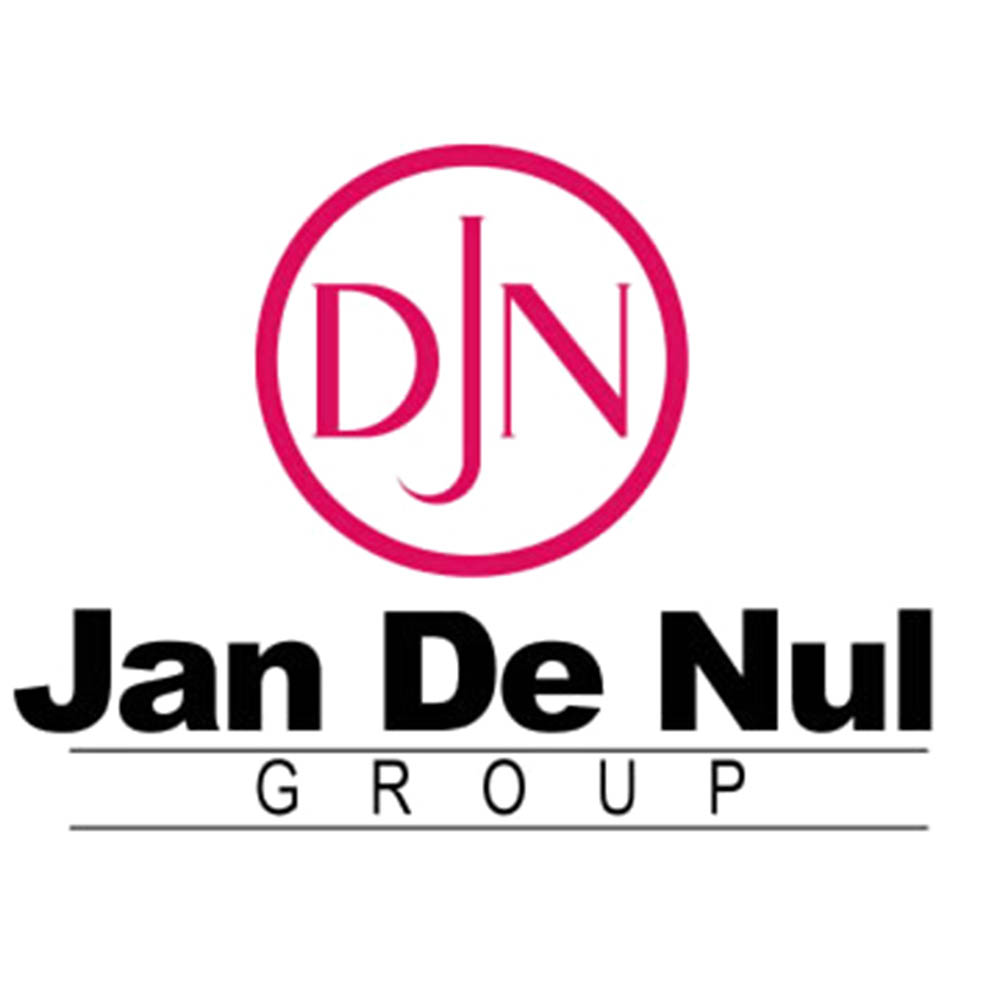Belgian dredging company, Jan De Nul, yesterday invited proposals for the supply of a staggering two million metric tonnes of sand for the Vreed-en-Hoop Shore Base project even as Minister of Public Works Juan Edghill assured that there is an ample supply in this country.
“Jan De Nul Guyana Inc. invites bidders to submit proposals for the following: supply and delivery of two million (2,000,000) metric tons of sand to the Vreed-en-Hoop Shorebase at the Demerara River mouth,” the advertisement published in the Guyana Chronicle, stated.
Against the background that last month it had brought into the country a suction dredge that can pipe sand from the river bed, this newspaper asked, among other questions, if the shorebase project would be using suction dredging for its land reclamation purposes.
“This advertisement is a request for proposals, it is to see what exists in the local market and options available to the project. A decision will be made based on the proposals received,” the company said through Perception Inc, the public relations agency representing the project.
Commissioner of the Guyana Geology and Mines Commission, Newell Dennison, told this newspaper that for land reclamation processes, in most cases, the sand is sourced from the ocean or sea area using suction dredging technology. He also mentioned that at the time of speaking, he had not seen the advertisement and therefore could not comment on it.
Projects such as the Palm Jumeirah in Dubai, Lantau Tomorrow Vision in China, Eko Atlantic City in Nigeria, and Marina Bay in Singapore, are some notable global infrastructural land reclamation projects.
For Minister of Public Works Edghill, even if the sand sought is to add to suction dredging, this country has more than enough to meet the demand and to supply other mega projects without there being a shortage.
And even with increased demand, he posited that he does not see the cost for sand further increasing for locals.
“The sand will have to be barged across the river, all of that cannot go in trucks across the bridge,” he pointed out.
“We have to manage it. I don’t think it will drive up costs… We have more than that. We have sand pits that have been going for years, delivering sand everywhere. We have, we have, nothing to be alarmed,” Edghill said.
The minister believes that a demand for sand here is a business opportunity for locals to tap into.
“It will mean that we will have to have more operators and this provides more opportunities for people to be investing in sand mining and that has already started to happen.”
According to the company’s website, “Jan De Nul shapes both water and land. We enable the production of offshore energy and maintain the depth of waterways. We build new ports and create extra land. We realise complex infrastructure works and erect any type of building. We tackle pollution in whatever form.”
The company says that bidders for the project will have to submit both a technical and commercial proposal.
The technical proposal must include particle size, mineralogy, density, and site of origin. Bidders must also supply their business registration or Articles of Incorporation, quarry licence, QHSSE Policy or safety records where applicable and their Guyana Revenue Authority and National Insurance Scheme compliances.
In the commercial aspect of the proposal, the price per metric tonne, inclusive of all taxes and royalties must be stated, with a price breakdown where possible.
In addition, the company makes clear that prices stated should be for sand placed on a barge/vessel at the Demerara River, excluding offloading costs. The bidders also have to state their earliest delivery date and capacity supply per week.
Last month, the MV Galileo Galilei, reputedly the largest suction dredger, which is owned and operated by the Jan De Nul Group arrived here and was set to begin land reclamation for NRG Holdings’ planned shore base at West Bank Demerara.
A release from the company had stated that the vessel’s arrival marked the beginning of the reclamation phase of the project. During that phase, the dredger will clear the existing area and begin the process of adding reclaimed material for the creation of an artificial island on which the new terminal will be situated. This project will, in the first phase, add more than 44 acres to Guyana’s coastline, the release informed.
The project began in June with dredging of the access channels in the Demerara River including the deepening and widening of the existing nautical channel, berth pockets, and turning basin. This phase has been hailed a success by the project managers and the upgraded channel will be handed over to the Maritime Administration Department in the near future, the release added.
Further, it noted that the MV Galileo Galilei has worked on projects such as a recent beach expansion project in Brazil and other port projects. The vessel has two separate hoppers on board. This allows the dredged material to be spread evenly over both hoppers, thus controlling the load and the draught.
Vreed-en-Hoop Shore Base Inc (VESHI) forms part of the Port of Vreed-en-Hoop project. Phase one of the project is meant to be the special purpose vehicle to serve as a SURF (Subsea Umbilicals, Flowlines and Riser) Shorebase for Esso Exploration and Production Guyana Limited projects.
According to the release, VESHI is currently the largest Guyanese private sector investment in the oil and gas sector and is expected to cost over US$300 million. The project is expected to become operational in 2023. Vreed-en-Hoop Shorebase Inc. is a joint venture between NRG Holdings Inc – a 100 per cent Guyanese-owned consortium that is the majority shareholder – and Jan De Nul, a Belgian international maritime infrastructure company.








